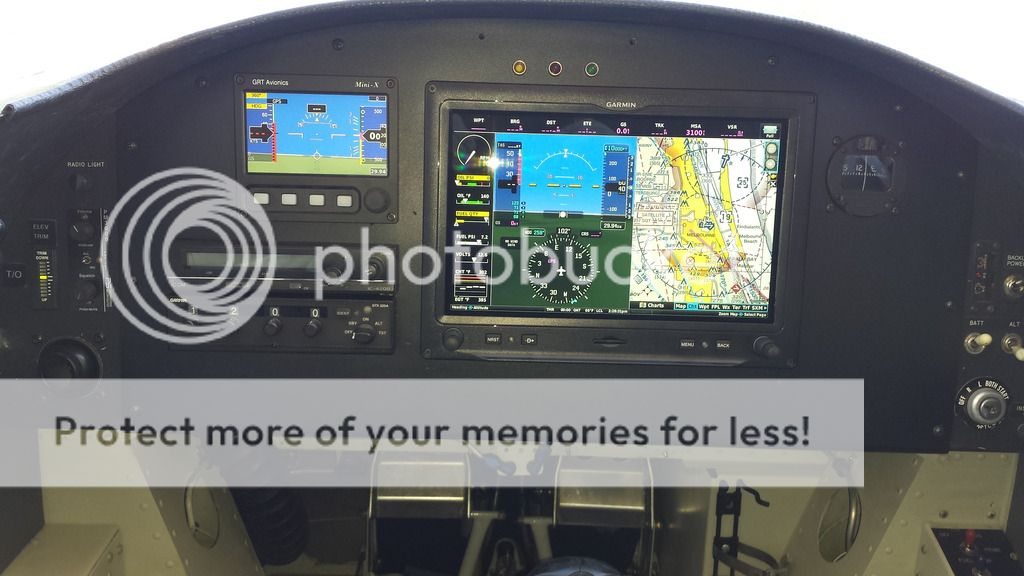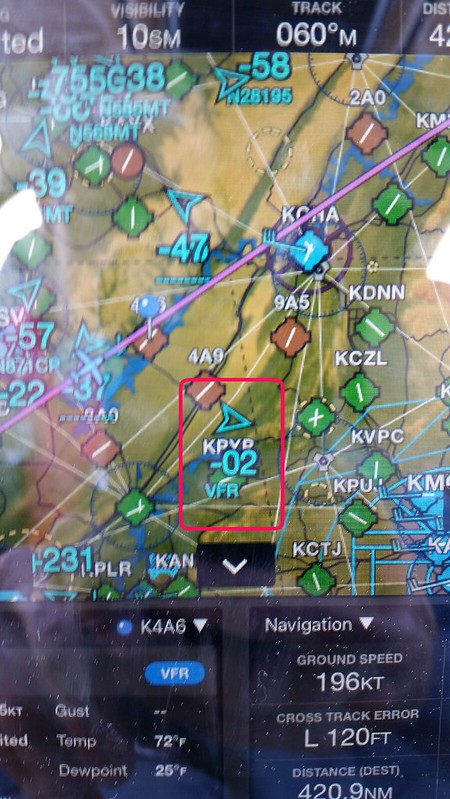I'm sure some of you have the same concerns that I have about the FAA having a complete and permanent record of every movement your airplane makes. It's been said that they "have no plans to use ADS-B for enforcement" but color me skeptical. If you transmit your N number continuously then the FAA and anyone else can track every movement you make or ever made for that matter.
Since my livelihood is airline flying it occurs to me that I will be risking a lot if I unwittingly run afoul of one of the thousands of regulations while I'm flying my RV-8. With ADS-B transmitting exactly who I am and what I'm doing, well, they've never had that amount of resolution and data before.
Navworx advertises a "stealth" mode on the ADS600-EXP when you squawk 1200 but I just installed a Garmin G3X system with a GDL-39R and have no idea how they would interface.
I've been back and forth with Garmin about this and they are saying their GTX 327 and a GDL 84 combination would support a anonymous mode. Not an inexpensive solution to say the least.
So, any of you smart folks out there with G3X systems have a solution?
Thanks in advance...
BK

RV-8
Since my livelihood is airline flying it occurs to me that I will be risking a lot if I unwittingly run afoul of one of the thousands of regulations while I'm flying my RV-8. With ADS-B transmitting exactly who I am and what I'm doing, well, they've never had that amount of resolution and data before.
Navworx advertises a "stealth" mode on the ADS600-EXP when you squawk 1200 but I just installed a Garmin G3X system with a GDL-39R and have no idea how they would interface.
I've been back and forth with Garmin about this and they are saying their GTX 327 and a GDL 84 combination would support a anonymous mode. Not an inexpensive solution to say the least.
So, any of you smart folks out there with G3X systems have a solution?
Thanks in advance...
BK

RV-8





